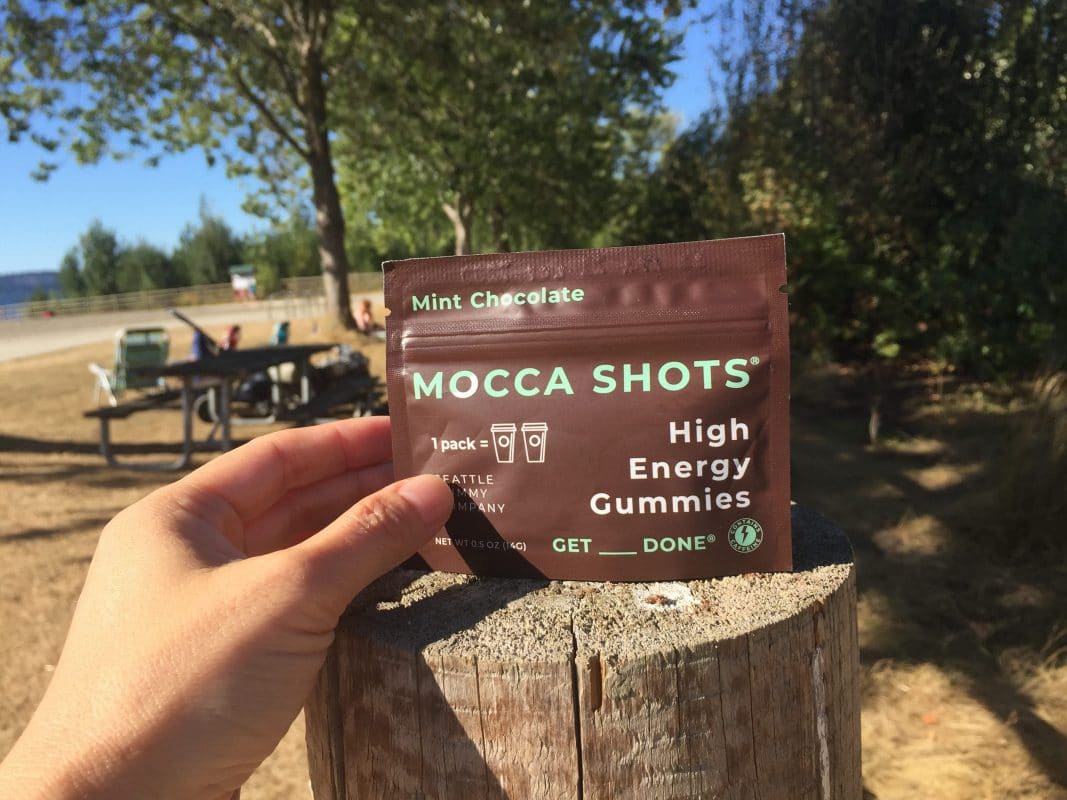Blog, Energon Qube Blog
High levels of exercise make you nine years younger at the cellular level
We have all encountered that person in life who claims to be 49 and looks 35. Yes, some people do seem younger than their actual age. Ever wonder why? A study conducted by a group of researchers from the Brigham Young University, published in the medical journal Preventive Medicine, finds that people who have consistently high levels of physical activity are considerable younger, at least at the cellular level, than those who have sedentary lifestyles, as well as those who are moderately active. The exact number is 9 years younger.
The biomarker indicative of the cellular aging that the Brigham researchers studied is telomere. Telomeres are the protein end-caps of our chromosomes. They function to protect the integrity of our DNA. Like a cellular biological clock, they’re extremely correlated with age; each time a cell replicates, we lose a tiny bit of the end-caps. Therefore, the older we get, the shorter our telomeres. Eventually, the telomere gets so short that our DNA frays like a shoelace lost its protective plastic end-cap, our cells can no longer replicate, and our body can no longer renew and recover.
Brigham researchers analyzed data from 5,823 adults who participated in the CDC’s National Health and Nutrition Examination Survey, one of the few indexes that includes telomere length values for study subjects. The index also includes data for 62 activities that participants might have engaged in over a 30-day window, which the researchers analyzed to calculate levels of physical activity. The study found the shortest telomeres came from sedentary people — they had 140 base pairs of DNA less at the end of their telomeres than highly active folks. Surprisingly, the researchers also found there was no significant difference in telomere length between those with low or moderate physical activity and the sedentary people. The longer telomere in the people with the high physical activity levels translates to a biological aging advantage of nine years over those who are sedentary and a seven-year advantage compared to those who are moderately active.
We know that regular physical activity helps to reduce mortality and prolong life, and now we know that, at least in part, the advantage may be due to the preservation of telomeres. Although the exact mechanism for how exercise preserves telomeres is unknown, the researcher hypothesized that it may be tied to inflammation and oxidative stress. Previous studies have shown telomere length is closely related to those two factors and it is known that, over time, exercise can suppress inflammation and oxidative stress.
According to this study, “highly active” means at least 30 minutes of jogging per day for woman and at least 40 minutes for men, five days a week. So, yes, you can look nine years younger than your age too, you just have to really sweat for it.
Thanks for reading.
Journal Reference: Larry A. Tucker. Physical activity and telomere length in U.S. men and women: An NHANES investigation. Preventive Medicine, 2017; 100: 145 DOI: 10.1016/j.ypmed.2017.04.027
Recommended product: Seattle Beauty Forever 29 with telomerase-activating bioactives with the potential to rewind the biological clock while featuring truliose, a SGC proprietary patent pending sugar that promotes beneficial gut microbiota, maintains healthy blood sugar level, and supports healthy brain and gut.
Recommended product: Energon Qube Sports Gummies. Power up pre- and during workout gummies jump start your workout with controlled release energy, caffeine, Vitamin B complex, Ginseng and BCAAs; Recoverpost-workout gummies accelerate your recovery and muscle growth with anti-inflammatory herbs and BCAAs.
All SGC products are made only with ingredients and are plant-based, gluten free, non-GMO, and always made in USA.

